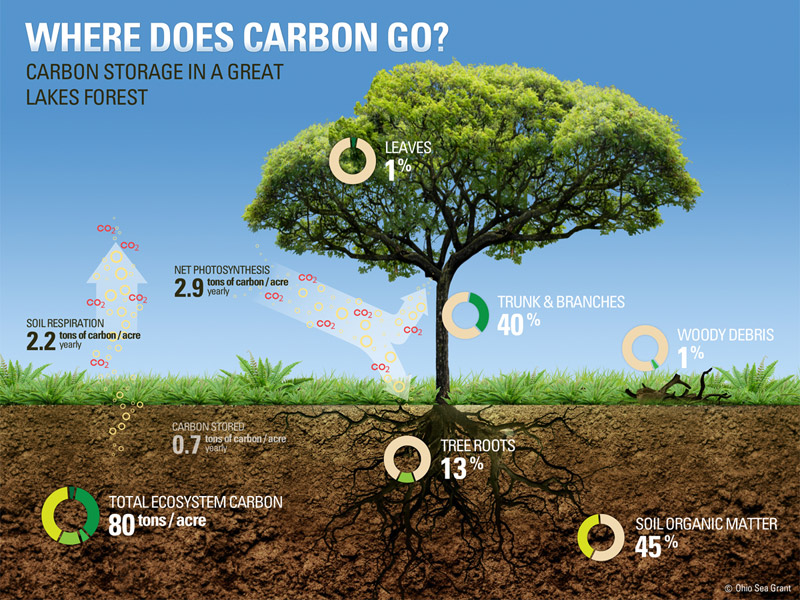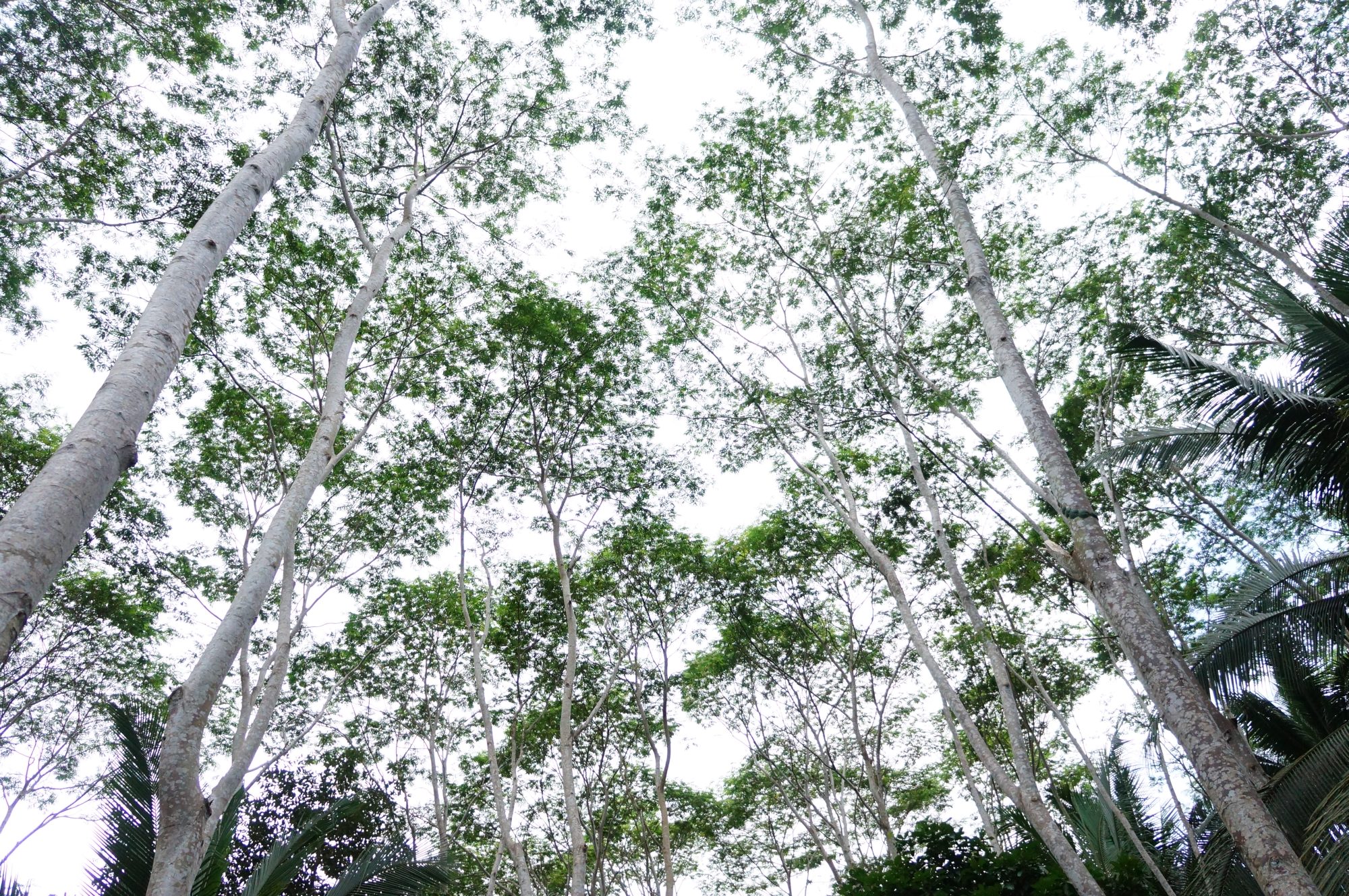
Administered by the Philippine Center for Environmental Protection and Sustainable Development, Inc., in partnership with various cause-oriented organizations, governments, and private sectors, a tree nourishing program has been launched to reforest selected sites and forest parks through contribution of donors and patrons of trees with a guaranteed success of survival through the issuance of Tree Certificates with proper identification and geo-tags of the tree being adopted.
Why Adopt A Tree?
The Philippines ranks 3rd among the most climate-vulnerable countries in the world where we are prone to adverse effects of climate change. Among the major causes of climate change is the rapidly increasing amount of greenhouse gases in the atmosphere, which is caused by several activities such as burning of fossil fuels and deforestation among others. With the reduction of forest cover that could have absorbed the greenhouse gas, climate crisis is heightened. As of 2015, the total forest cover recorded is 7 M hectares from the 15 M hectares declared forestland. Despite the growth, this still pales in comparison to the country’s forest cover more than a century ago reaching up to 21 M hectares or 70% of the total land area. Such climate hazards can be minimized by restoring forest landscape through sustainable tree planting program that will serve as carbon storage and enhance the water holding capacity of forest ecosystem such as the Marikina watershed.

Photo: Ohio Sea Grant
Forests as Carbon Sink
From a global temperature of 0.40°C in 2000, the Earth’s global temperature has risen to 0.98°C in 2016, affecting many life forms and natural resources in the planet. In fact, experts from the UN Interpanel on Climate Change (IPCC) claims that we only have until 2030 before we reach the 1.5 degree C temperature increase. By such time, extreme weather occurrences are inevitable. Among the many contribution in global warming is CO2 which acts as a blanket that traps heat in the world. Last year as much as 37,100,000,000,000 kg of CO2 was released into the atmosphere. Fortunately, there are ways to reduce the excessive CO2 in the atmosphere. By just nurturing one tree, as much as 17 kg of carbon a year is captured from the atmosphere. If allowed to mature until 40 years old, a single tree has the capacity to sequester as much as 1,000 kg of carbon. Further studies of IPCC reveals that around 50% of the carbon is stored in plant and animal material and 50% in the soil. Amazingly, forests have the potential to absorb approximately 2.6 billion tonnes of CO2 each year, the emissions of which are released from burning fossil fuels, which is an activity usually done by man. By planting more trees and creating more forest cover, climate stability is supported, and more oxygen will be released into our atmosphere, which balances the dramatic amount of greenhouse gases already present.
Forests as Watershed
Maintaining our forests is crucial for maximizing water yield, regulating seasonal flows and ensuring high water quality. Without our forests, it is highly possible that we would experience worse flash floods, soil erosion and more frequent water interruptions. From a global perspective, it is estimated that by 2025, 1.8 billion people will be living in areas with absolute water scarcity, with ⅔ of the world’s population possibly experiencing water-stressed conditions.
On the flip side, by acting as a reservoir, forests protect communities by holding down the soil and absorbing most of the water when it rains. The effects of reduced forest protection over the years was evident during the onslaught of the tropical depression Ondoy in 2009. Without the protection of forests, the tropical depression had dumped as much as 23 meters of rain — that is as high as an 8-storey building, over a 24-hour period which had also claimed the lives of much as 710 people.
Proper forest management and tree nourishing activities can then be beneficial to the surrounding community and to the environment by providing cities with drinking water. It can also help reduce water-related risks such as landslides, local floods and droughts.
Forests as Home for Land Biodiversity and Natural Heritage
The forest is the most biodiverse ecosystem on land. In fact, as much as 80% of terrestrial plants and animals live in the forests. In the Philippines, forests are also important for religious and cultural practices. Specifically in Ifugao, cutting of century-old trees are discouraged because it is believed that the spirit of their ancestors linger in them. This enables the forest to perform its ecological functions such as water conservation, as the spillover of water is received by farms and allows communities to have a stable food source and livelihood.
Moreover, the Philippines is among the 17 mega diverse countries containing two-thirds of earth’s life. Of the more than 50,000 life forms identified, more than half are found nowhere else in the world but in the Philippines. The many plants and animals that call the Philippines home is evident; this includes the Philippine Eagle (Pithecophaga jefferyi), the world’s largest eagle species known for its loyalty to its spouse.

Due to the Philippines’ extensive lands and rich soil, an upsurge of tree population is extremely beneficial for the State’s fast growing economy. In fact, agroforestry and its resources roughly accounted for 10.76% of the Philippine’s GDP on the last quarter of 2018, raking in Php 183 billion in the Agriculture and Forestry sector and Php 619 million in the Industry Sector. In spite of this feat, the forest sector still suffers due to climate change and the tremendous demand of the population.
On a smaller scale, rural communities, depend on forests for their day-to-day needs such as food, medicine, clothing and as a safety net during crises and yearly storms. Aside from this, increased forest domain allows Filipinos to set up small-scale businesses for processing forest and forest products. Such initiatives not only better their income but also provide a premise to better manage and protect the ecosystem.
Forests are often underestimated, but much of the country’s social and economic needs rest on this sector. Thus, communities, concerned groups, institutions and government agencies are encouraged to come together with the common goal of rehabilitating barren lands and nourishing trees. Not only does this foster a deeper sense of community-building, but also paves the way for a healthier and more secure future.


